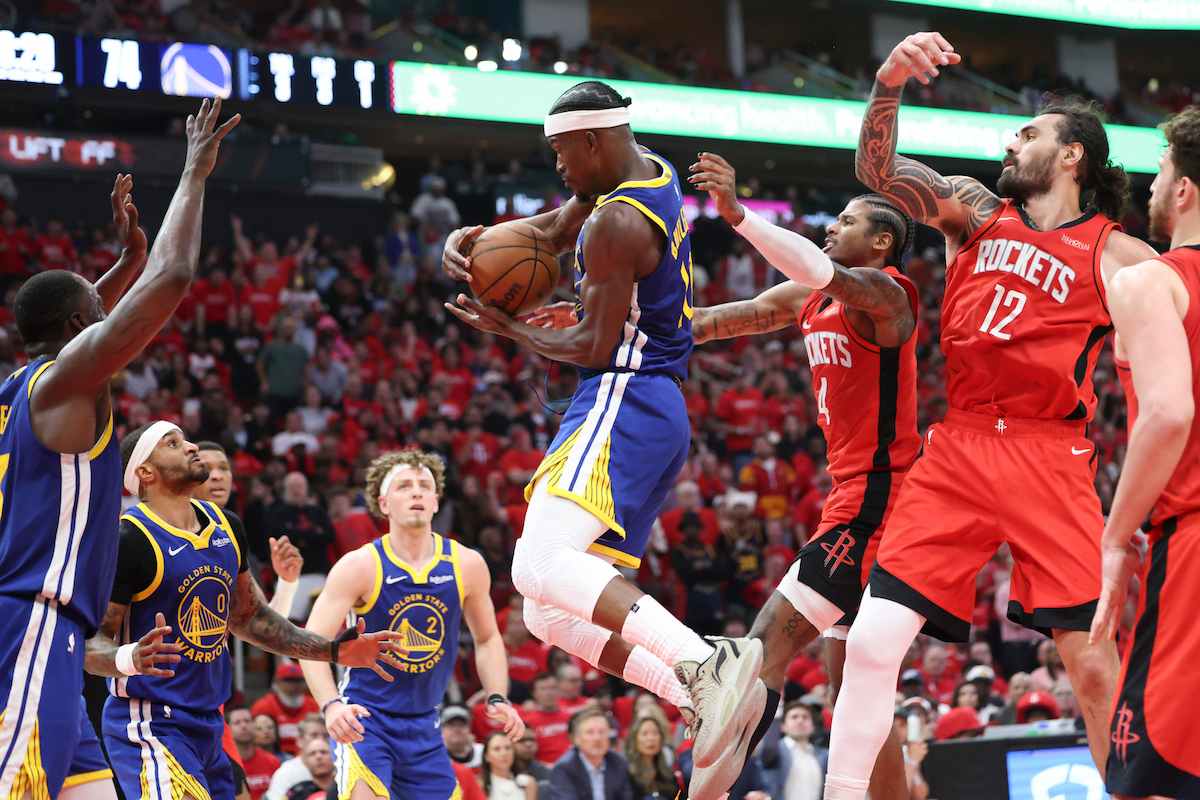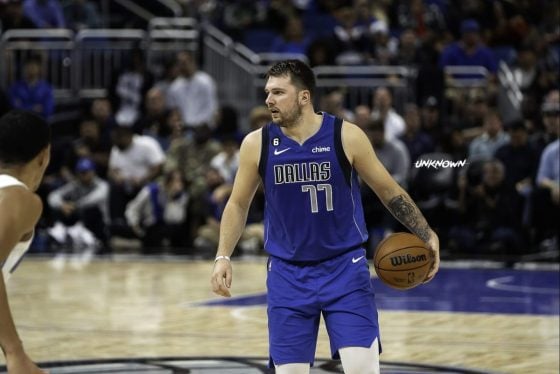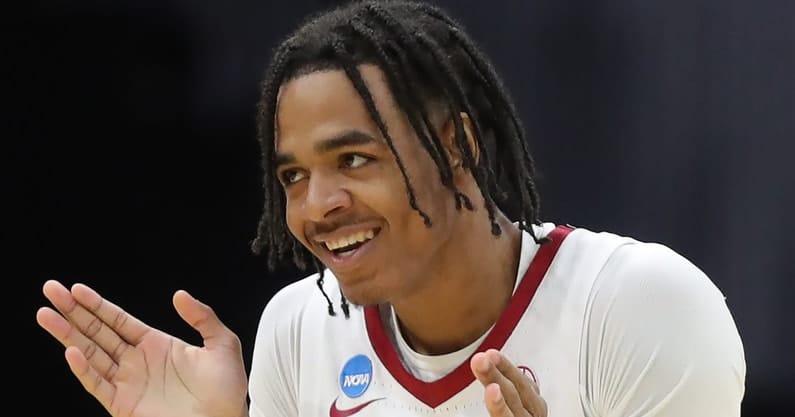Hard as it is to believe, 2023 is already three weeks old. Holiday decorations have been packed away and that “new year” smell is beginning to fade as the winter carries on. We still have some business to attend to before January leaves us, however: the final installment of our three-part series setting New Year’s resolutions for each player on the Boston Celtics roster.
If you’ve missed out on the previous entries, be sure to check out Part 1 and Part 2 to read about the rest of the roster. And now, we discuss the final four players on our list.
David Butler II-USA TODAY Sports
Al Horford: Attack the paint offensively (when necessary)
Let’s start with the easy answer to the question at hand: the Celtics almost certainly do not want to wear out their 36-year-old starting center by having him throw his body around in the paint every night. If the goal is to have Horford fresh for the postseason, the physical toll accrued by fighting other centers down low for a full season would be counterintuitive.
That said, this has far-and-away been Horford’s least active season as a scorer inside the arc. He’s attempting just 2.8 two-pointers per game this year, which is the lowest rate of his career by a significant margin, ranking below last year’s 4.4 by more than a full attempt per game. His offensive usage is down across the board, to be fair, but it’s clear that the Celtics are deploying him in a more perimeter-focused capacity thus far this season.
We saw a glimpse of Horford’s erstwhile proficiency in the paint in the Celtics’ overtime win over Golden State. Warriors coach Steve Kerr opted to downsize his starting lineup, benching 6-foot-9 center Kevon Looney for guard Jordan Poole in order to start the team’s latest incarnation of the fabled “Death Lineup.” The gamble left the Warriors perilously short on size in comparison to Boston’s double-big starting lineup, which made its first appearance at full strength since last season.
The Celtics made a pointed effort to take advantage, and Horford was the backbone. His eight shot attempts from two-point range were a season-high, and all of them came in or near the restricted area. With Looney on the bench, Horford faced a mismatch every time he touched the paint, and he worked accordingly. Poor Andrew Wiggins was a frequent victim; here he is on the receiving end of the dreaded “too small” celebration.
Again — it’s the regular season, I get it. We’re not going to see this kind of game from Horford very often, especially since he’s having the best shooting season of his career. But Horford and the Celtics would do well to keep his skills as a paint scorer in their back pocket for when the games really start to matter. As he showed against Golden State, he can still make an impact down there.
:no_upscale()/cdn.vox-cdn.com/uploads/chorus_asset/file/24376363/usa_today_19778701.jpg)
Wendell Cruz-USA TODAY Sports
Marcus Smart: Induce chaos
The Boston defense has come a long way from its frustratingly slow start (Oklahoma City loss notwithstanding), but one curiosity remains: Marcus Smart isn’t causing his typical level of defensive chaos.
Smart has always ranked among the NBA leaders in many of the league’s tracked “hustle” plays — Deflections, loose balls, charges drawn, etc. The charges have remained customarily high, of course, but he’s lagging behind his career norms in other areas. His 2.2 deflections per game would be a career-low by a significant margin, and the first time he hasn’t led the Celtics in that regard (Tatum leads with 2.3 at present). This has led to a similar decline in the rate at which he forces turnovers; his 1.3 steals per game ranks as the lowest rate of his NBA career to this point.
On the offensive end, however, this has been the best season of Smart’s career. He’s blown away his career-bests as a playmaker, ranking among the league leaders with 7.3 assists per game and an assist rate near 30%, and he’s paired it with the second-best shooting efficiency of his career. Maintaining that level of offensive responsibility while playing like Marcus Smart on defense is a heavy burden for any player to carry. On the whole, his offensive contributions more than make up for any evident defensive decline.
Still, Smart is one of the premier defensive playmakers in the NBA, and his penchant for defensive highlights has won the Celtics quite a few games. He doesn’t need to be in peak form during the regular season, but it would be nice to see his defensive playmaking return to levels we’re accustomed to when the games start to really matter.
:no_upscale()/cdn.vox-cdn.com/uploads/chorus_asset/file/24341512/1245877312.jpg)
Photo by Brian Babineau/NBAE via Getty Images
Jaylen Brown: Rediscover the three-point shot
The strangest thing about the 2022-23 Boston Celtics is that the roster has had broadly had success from behind the three-point arc… with the exception of one of their very best shooters. An effective, high-volume three-point shooter for his entire career as a starter, Brown is shooting a career-worst 33.6% from behind the arc this season as of this writing. It’s the continuation of a downward trend in Brown’s shooting, from a career-high 39.7% in 2020-21 to 35.8% last season to this year’s struggles, all on roughly seven attempts per game.
It should be mentioned that, factoring in the defensive attention he receives, the degree of difficulty on Brown’s three-point attempts is significantly higher than his colleagues. Just 11% of his shot attempts have been classified as “wide open,” per NBA Stats tracking data. That’s nearly a quarter as often as sharpshooter Sam Hauser (39.7%), which paints a pretty poignant picture of what star-caliber scorers have to contend with.
Defensive attention isn’t new for the 26-year-old wing, though. His “wide open” percentage sat at just 13% last season and 14% the year before. Much of his three-point slump boils down to shots simply not finding the bottom of the net. It doesn’t matter how he comes across those shots either — he’s shooting worse than last year on both pull-ups (33% vs 34%) and catch-and-shoot opportunities (33% vs 37%), with comparable volume on both.
Brown has counterbalanced his diminished long-distance shooting with a career-best year inside the arc. He’s cashing in on nearly 60% of his two-pointers, including 74% at the rim and 53% from the midrange, good for a career-best true shooting percentage (59%) even despite the three-point struggles. The scoring touch is still there, in other words, but he’s clearly due for a hot stretch from behind the arc to complete the package.
:no_upscale()/cdn.vox-cdn.com/uploads/chorus_asset/file/24376359/usa_today_19821923.jpg)
David Butler II-USA TODAY Sports
Jayson Tatum: Win MVP
A trendy pick during the early days of the season, Tatum’s MVP stock has waned a bit in recent weeks. His numbers have tailed off ever so slightly, while the field of candidates looks as stacked as we’ve perhaps ever seen in NBA history. Contending with monster seasons from players like Nikola Jokic, Kevin Durant, Luka Dončić and Joel Embiid is no small task.
Still, we’re aiming high for Tatum. He’s a 30-point scorer and dominant defender on a team that continues to hold the best record in the NBA, and of the MVP candidates listed above, only Jokic has managed to beat him head-to-head to this point in the season. Every piece of the typical resume you’d expect from an MVP is there — it just so happens that he’s doing it within a historically excellent field of candidates.
Tatum will be the first to tell you that, in the grand scheme of things, individual hardware doesn’t matter in comparison to the team’s postseason aspirations. Losing out on MVP to a historically loaded field would be no great loss, especially if the season ends in Banner 18. That’s an exchange all of us would happily make.
Still, Most Valuable Player is an award that means something. Seeing Tatum recognized as one of the league’s elite players — and the Celtics’ first MVP since Larry Bird — would be a special moment, and it’s something Tatum has the talent and opportunity to accomplish. It’s a suitably lofty goal to cap off our list, and would make for a nice cherry on top of what is shaping up to be a special season for this franchise.






